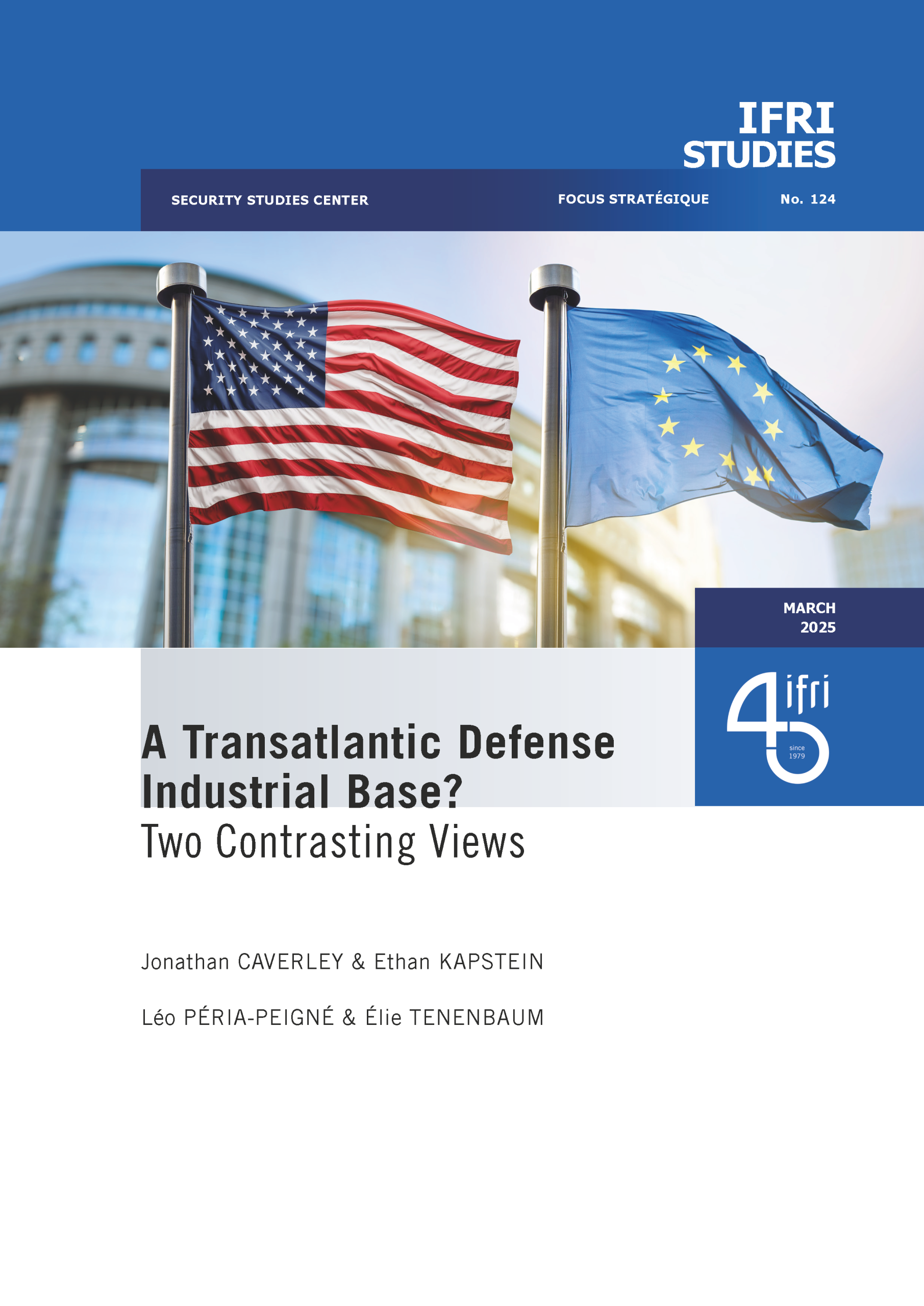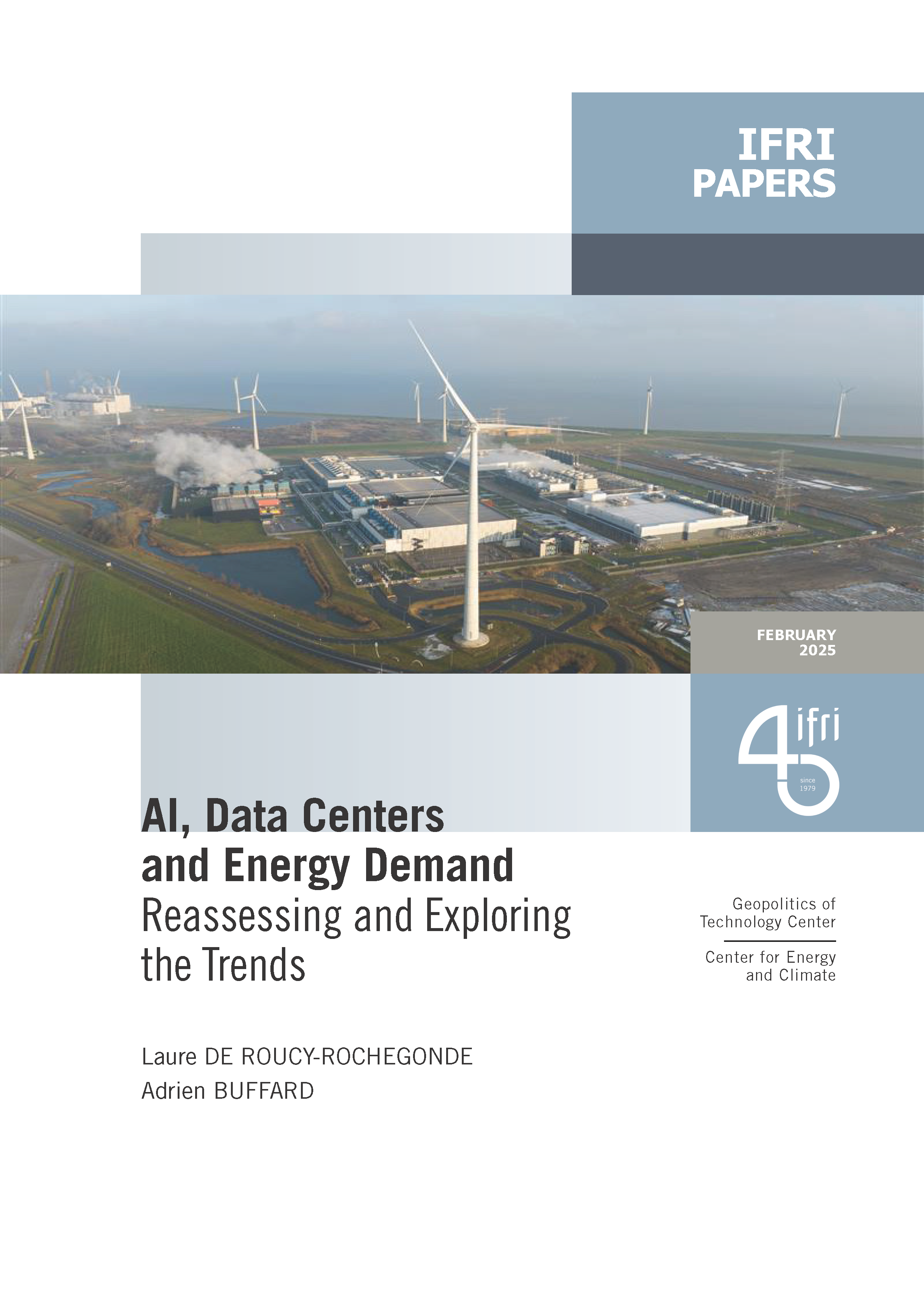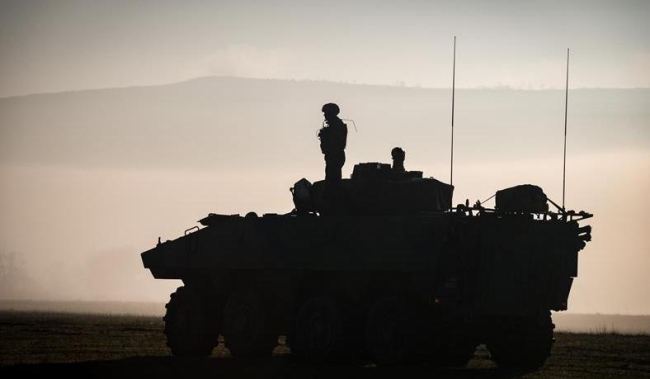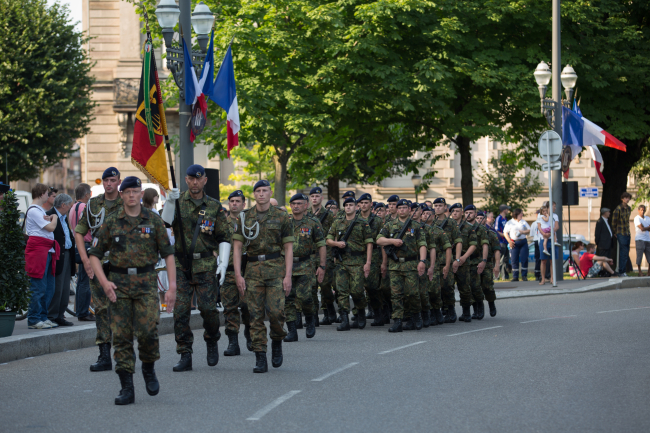Russia's Nuclear Forces: Between Disarmament and Modernization

Nuclear weapons have traditionally occupied an important place in Russia’s national security strategy. As Russia and the United States have been reducing their nuclear arsenals since the end of the Cold War, their relationship has undergone a complex transformation. Russia, however, still considers strategic balance with the United States to be an important element of national security.
During the recent arms control negotiations with the United States, Russia strongly emphasized its interest in missile defense and conventional strategic launchers - issues that might directly affect its deterrent potential and discourage deep reductions. Still, the nuclear disarmament process could also change Russia’s security policy in a variety of ways, depending on how the subsequent dialogue addresses several key issues. After an overview of the current status of the Russian strategic nuclear forces and the strategic modernization program undertaken by Russia, this Proliferation Paper considers the role that missile defense and tactical nuclear weapons could play during the next round of nuclear arms control negotiations. Each of these problems presents a serious challenge. Nevertheless, this analysis suggests that recent progress in nuclear disarmament and the willingness of both countries to engage in a dialogue give the two countries an opportunity to reduce the importance of nuclear weapons in their relationship.

Available in:
Regions and themes
ISBN / ISSN
Share
Download the full analysis
This page contains only a summary of our work. If you would like to have access to all the information from our research on the subject, you can download the full version in PDF format.
Russia's Nuclear Forces: Between Disarmament and Modernization
Related centers and programs
Discover our other research centers and programsFind out more
Discover all our analysesThe Franco-German Brigade and the Revival of European Defense
One thing has been clear since Donald Trump's return to the White House: the very existence of the European unification project is threatened. Unless it develops a sovereign defense policy to counter the war in Ukraine and the weakening of American security guarantees, the European Union will continue to see its internal cohesion and external attractiveness wane.
Taking the Pulse: Can Europeans Build Their Independent Extended Nuclear Deterrent?
Confronted with a U.S. disengagement and the Russian threat, Europeans are reconsidering their stance on nuclear deterrence. Given the capabilities of the French and British arsenals, can Europe develop an independent nuclear deterrent?

RAMSES 2024. A World to Be Remade
For its 42nd edition, RAMSES 2024 identifies three major challenges for 2024.
A Transatlantic Defense Industrial Base? Two Contrasting Views
The evolving landscape of global defense cooperation has brought the transatlantic relationship between the United States (US) and Europe into sharp focus. As geopolitical tensions rise and the threat environment becomes more complex, the question of how Europe can best ensure its security while navigating its relationship with the United States has become paramount. This double feature report offers two contrasting views on the dynamics of US-Europe defense industrial relations, highlighting the challenges and opportunities that lie ahead for both parties.







